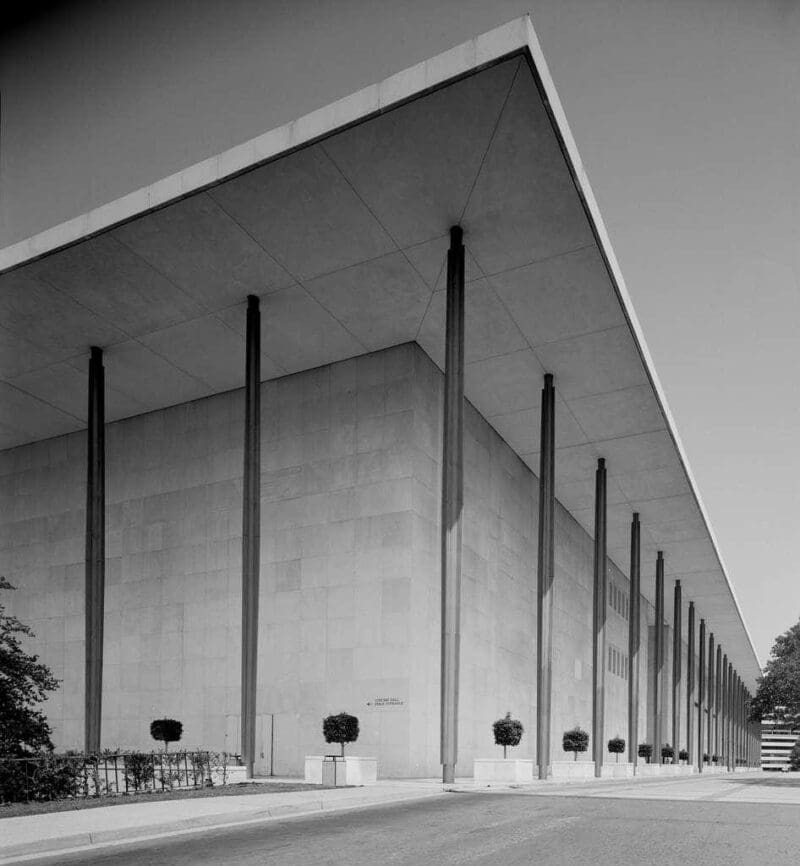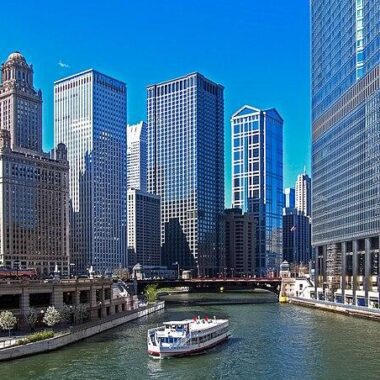Teachers looking to enrich their personal and professional experience in the arts have a friend in the Kennedy Center. Tucked neatly in the bustling heart of Washington, D.C., this cultural powerhouse acknowledges the hard work of educators by offering a teacher discount. It’s a thoughtful gesture that celebrates those who shape the minds of the future—a discount not just on performances, but on a myriad of educational resources too.
Full disclosure: If you visit a link on this page and make a purchase, we may receive a small commission at no extra cost to you.
The Kennedy Center operates as a beacon of arts and performance in the United States. It’s not just a venue for breathtaking performances ranging from ballet to jazz to theater; it’s a hub for arts education. With an array of programs, workshops, and free resources, the Center is dedicated to making the performing arts accessible to everyone. They foster a deep appreciation for the arts, cultivating an environment where creativity and culture flourish and where educators can share vibrant experiences with their students.
To obtain the Kennedy Center teacher discount, a simple process awaits eager educators. First, teachers are encouraged to join the free Kennedy Center Membership Program. Upon registration, they should navigate to the special offers for members where they’ll find up to 20% off select performances. Teachers can easily book tickets online or via the box office, ensuring they mention their membership status to receive the well-deserved savings. So, lift the curtain on a world of artful adventures—with just a few clicks, educators can immerse in the grandeur of the Kennedy Center without stretching their wallets.
Q&A
**Q: What is the Kennedy Center, and why is it significant?**
A: The Kennedy Center, officially known as The John F. Kennedy Center for the Performing Arts, is a living tribute to President John F. Kennedy’s commitment to the arts and culture. Located in Washington, D.C., it is a multi-venue performing arts center that showcases a diverse range of performances, including theater, dance, ballet, and orchestral, chamber, jazz, popular, and folk music.
**Q: When was the Kennedy Center established?**
A: The seeds for the Kennedy Center were planted back in 1958, when President Dwight D. Eisenhower signed bipartisan legislation creating a National Cultural Center. However, it was only after the assassination of President Kennedy in 1963 that the center was named in his honor, and the focus on fundraising and design truly began. The Kennedy Center officially opened its doors on September 8, 1971.
**Q: Can you describe the architecture of the Kennedy Center?**
A: The Kennedy Center stands as a beacon of modernist elegance on the banks of the Potomac River. Designed by architect Edward Durell Stone, the building features a stark white façade, with a grandeur that is both commanding and inviting. It houses multiple performance spaces, including its flagship, the Opera House, along with the Concert Hall, the Eisenhower Theater, and several smaller venues. The building is also known for its terraces and rooftop with sweeping views of the capital’s landscape.
**Q: Are there any special programs or initiatives the Kennedy Center offers?**
A: Absolutely! The Kennedy Center offers a variety of educational and outreach initiatives, such as the Kennedy Center Honors, which celebrates lifetime contributions to American culture through the performing arts. There’s also the National Symphony Orchestra, the Kennedy Center’s resident symphony, which provides educational programs and free performances throughout the year. Furthermore, the Center provides programs designed specifically for children and youth, including the Changing Education Through the Arts (CETA) program and the Performances for Young Audiences series.
**Q: How can someone attend a performance at the Kennedy Center?**
A: Those interested in experiencing the magic of the Kennedy Center can purchase tickets through its official website, by phone, or at the box office, with options ranging from grand operas to contemporary dance. The Center also offers a wide range of free performances through the Kennedy Center’s Millennium Stage program, ensuring the arts remain accessible to all.
**Q: Can visitors enjoy any other experiences at the Kennedy Center?**
A: Beyond its prestigious performances, the Kennedy Center is an epicenter of cultural activity. Visitors can indulge in guided tours that offer insights into the Center’s history, artworks, and architecture. There are also dining options within the facility where guests can enjoy a meal with a view of the Potomac River.
**Q: Does the Kennedy Center collaborate with other arts organizations?**
A: The Kennedy Center maintains a collaborative spirit and partners with an array of cultural institutions, both national and international. These collaborations can result in co-commissions, co-productions, and the sharing of innovative art forms and ideas, enriching the cultural tapestry of not only the nation’s capital but also the global artistic community.







